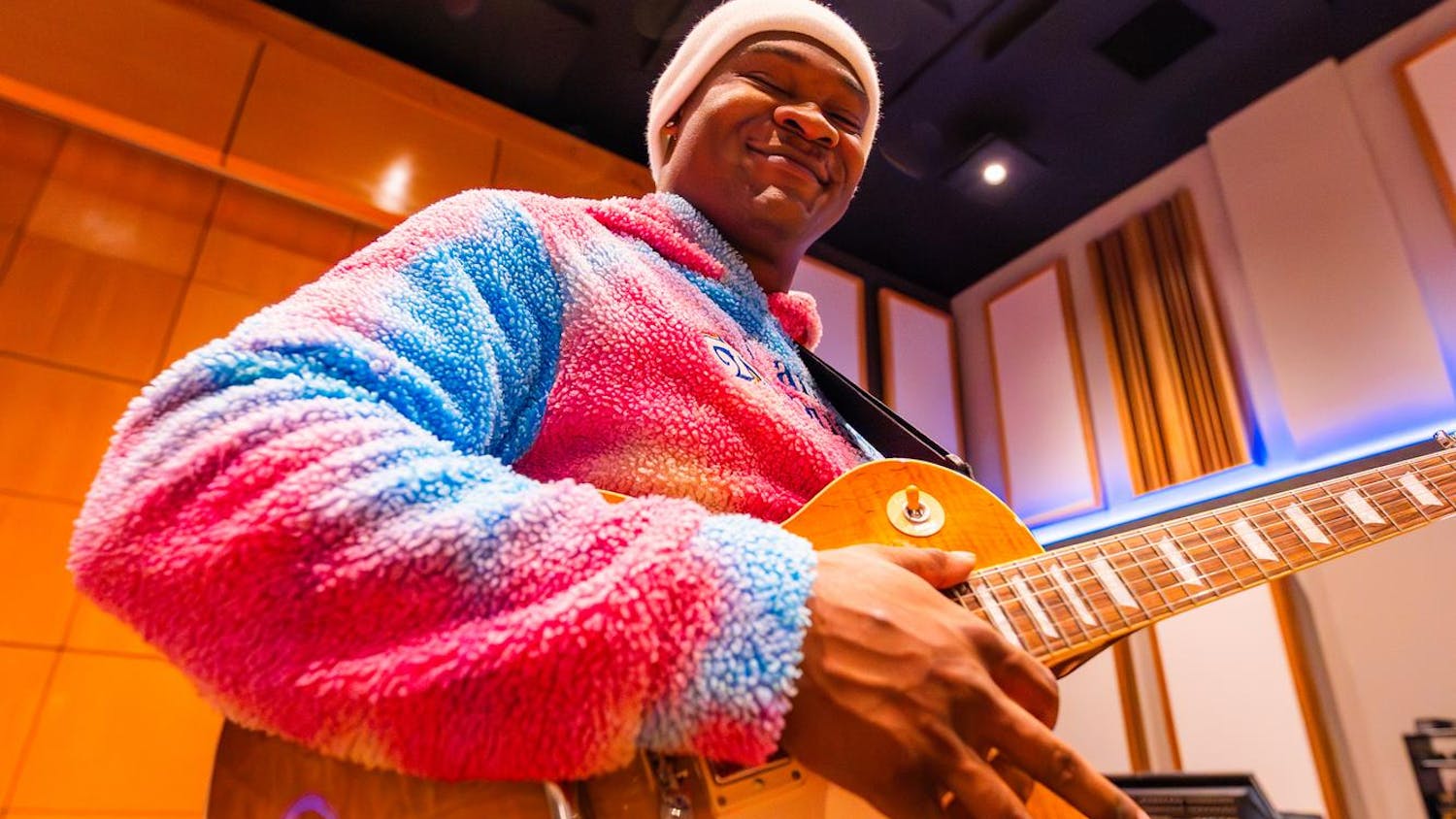Khori Dunn, sophomore in the process of changing major to interdisciplinary studies with an emphasis in biology and art, first realized she could combine her two passions for art and medicine the summer before 11th grade during a forum on medicine at Emory University.
"We went in this room, and the teacher said, 'Welcome to medical illustrations,'" Dunn said, "I had this eureka moment that this is what I wanted to do."
Dunn's mother was a teacher. Dunn said it is from her she learned to pay close attention to detail, which has allowed her to excel in her drawings.
"She always doodles in her anatomy notebook in class," said Nnedi Obichi, sophomore in undeclared science and math, and Dunn's roommate. "You can always tell when something is hers because she has her own unique style of drawing."
Most schools in the United States do not offer an undergraduate degree in medical illustrations so students such as Dunn, who wish to pursue this career, are forced to major in some form of medicine as well as art.
Brian Wilson, Dunn's internship adviser, production director and senior medical illustrator for Nucleus Medical Media in Kennesaw, Georgia, said there are many different paths one can take with a degree in medical illustrations.
"We draw medical content: anatomical, physiological, pharmaceutical, etc., and then publishers buy our work," Wilson said. "Medical illustrators originally worked in hospitals and would draw surgeries as they were happening, to use later for teaching purposes."
At Nucleus Medical Media, Wilson said artists draw everything from medical procedures in hospitals to those injured in automobile accidents and educational illustrations.
Wilson said medical illustrators' primary focus, however, is legal cases. Wilson and his team are able to re-create images to be used in court cases.
"Say someone is injured in an auto accident, or a doctor messes up a procedure and doesn't do what he's supposed to do," Wilson said. "We can illustrate the incident to show what happened."
Although Dunn said she enjoyed her time interning with Wilson's company, she is not so certain she would want to work on the legal side of things.
"The legal side would be a lot of having to deal with people on a tight schedule and I'm not good at schedules," Dunn said. "I would rather do posters or textbooks or pamphlets because I just like labeling."
However, not all of Dunn's friends have even heard of her chosen career.
"When Khori first told me she was majoring in bio and art, I was kind of confused because those two don't normally go together," said Kia Jenkins, sophomore in industrial and systems engineering.
Dunn said when explaining her major or future career paths to others, there is always one of three reactions.
"The first is that they've never heard of it, the second is that they know someone in the field too and the last is, 'So you're going to be drawing textbooks?'" Dunn said.
Dunn said what she loves most about becoming a medical illustrator is it puts a label on her passions of biology and art, and according to Wilson, she has just what it takes to succeed.
"She's really smart, very talented and she has a great sense of design, especially with graphic images," Wilson said. "We tend to be very literal and we don't get a lot of artistic freedom, but Khori is able to add her own edge to her work."
Do you like this story? The Plainsman doesn't accept money from tuition or student fees, and we don't charge a subscription fee. But you can donate to support The Plainsman.




